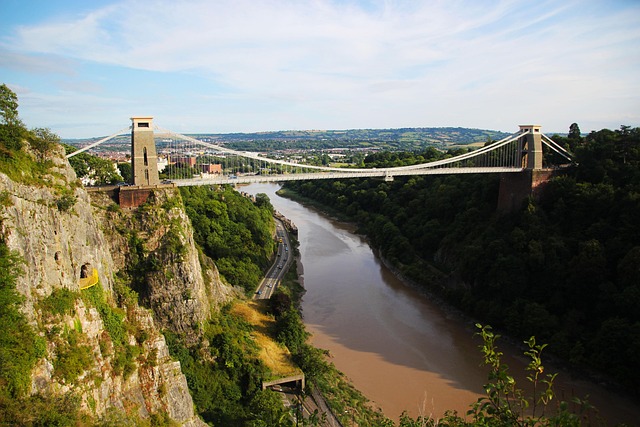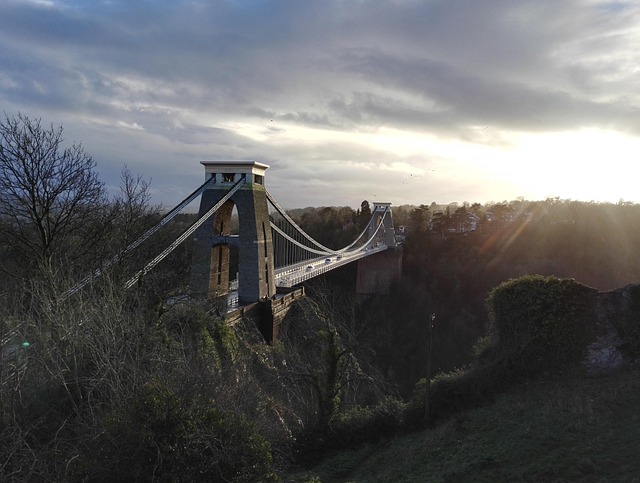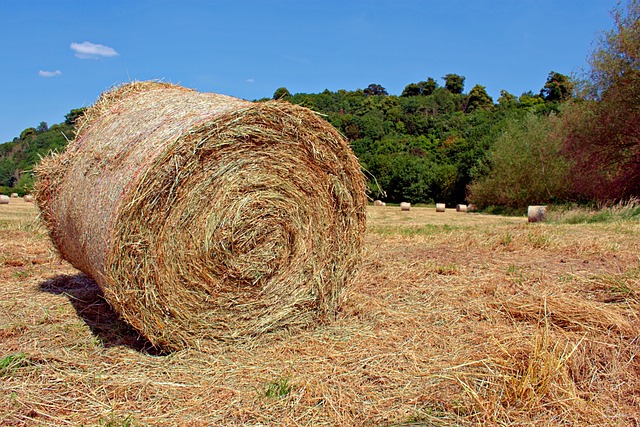Steep hillsides shape real estate by hosting historic neighborhoods with unique architecture and cultural charm, driving property values. Balancing modern development with preservation fosters community identity and appeals to buyers seeking both historical significance and natural beauty in their homes. Real estate agents market these areas for their exclusivity, while thoughtful planning ensures a harmonious blend of old and new.
Steep hillsides, a defining feature of many historic neighborhoods, add both beauty and challenge to urban landscapes. This article explores how these dramatic terrain features contribute to the unique character and appeal of older districts, attracting real estate enthusiasts and history buffs alike. We delve into the impact of hilly topography on local markets, discussing pricing dynamics and the strategies developers employ to navigate these sites. Additionally, we highlight efforts to preserve cultural heritage while fostering sustainable urban growth amidst rising real estate values.
Exploring Historic Neighborhoods' Charms
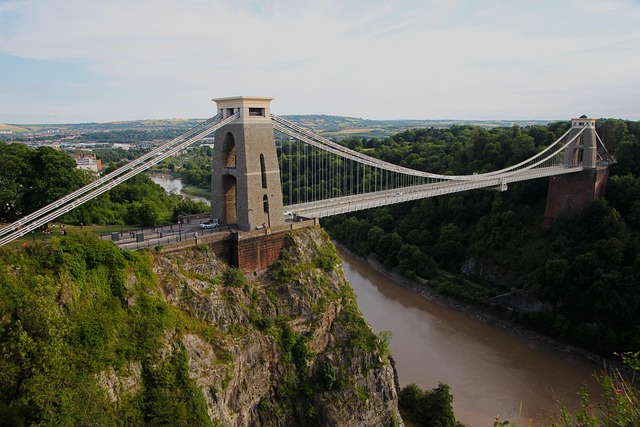
Exploring historic neighborhoods offers a unique blend of past and present, where steep hillsides add dramatic landscapes to charming residential areas. These slopes, often overlooked in modern real estate listings, provide a distinct character that captivates residents and visitors alike. The narrow, winding streets hug the contours of the land, leading to quaint homes with stories as rich as their surroundings.
Each historic neighborhood has its own tale to tell, evident in the architectural styles that range from Victorian grandeur to colonial charm. Real estate enthusiasts appreciate these areas for their authentic appeal, allowing them to step back in time while enjoying modern conveniences. The hillsides not only provide scenic beauty but also offer a sense of community, fostering connections among neighbors who call this historic tapestry their home.
The Role of Steep Hillsides in Real Estate
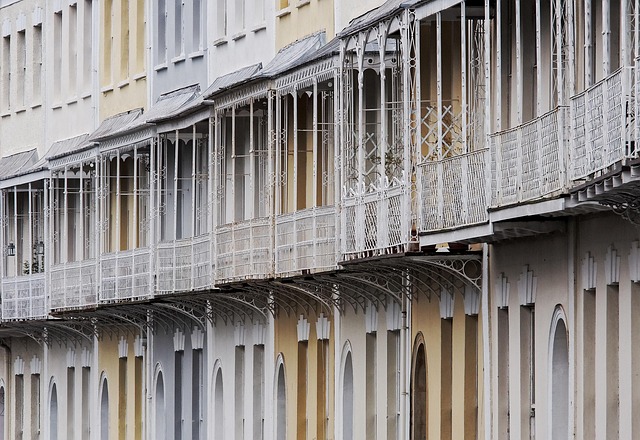
Steep hillsides often play a unique and significant role in shaping the real estate landscape, particularly when they surround historic neighborhoods. These challenging terrains can add both beauty and complexity to property values. Homes built on slopes offer breathtaking views, providing residents with a sense of seclusion and connection to nature. The exclusive access to such scenic locations can significantly enhance the desirability and appeal of these neighborhoods, driving up real estate prices.
Moreover, historic neighborhoods nestled in steep hilltops may possess cultural and architectural charm, attracting buyers seeking one-of-a-kind properties. The scarcity of buildable land on slopes adds a layer of exclusivity, making these areas highly desirable for those who appreciate the blend of natural beauty and historical significance. Real estate agents often highlight these unique features to market homes in such locations, appealing to buyers who understand the value that comes with owning a piece of history surrounded by breathtaking landscapes.
Preserving Culture Amid Urban Growth

In the heart of urban growth, historic neighborhoods stand as testaments to a bygone era, framed by steep hillsides that have long been integral to their charm. Preserving these cultural landscapes is more than just a nostalgic endeavor; it’s a crucial aspect of real estate development that ensures the continuity of community identity. As cities expand, developers must navigate the delicate balance between modern construction and preserving historic architecture and natural terrain.
Integrating new developments with existing historical fabric requires thoughtful planning. This can include adaptive reuse of older buildings, incorporating native landscaping to mimic the natural slope, and ensuring that new infrastructure complements rather than overshadowes the neighborhood’s unique character. By doing so, real estate projects can create a harmonious blend of old and new, fostering a sense of place that attracts residents who appreciate both contemporary amenities and historical context.
